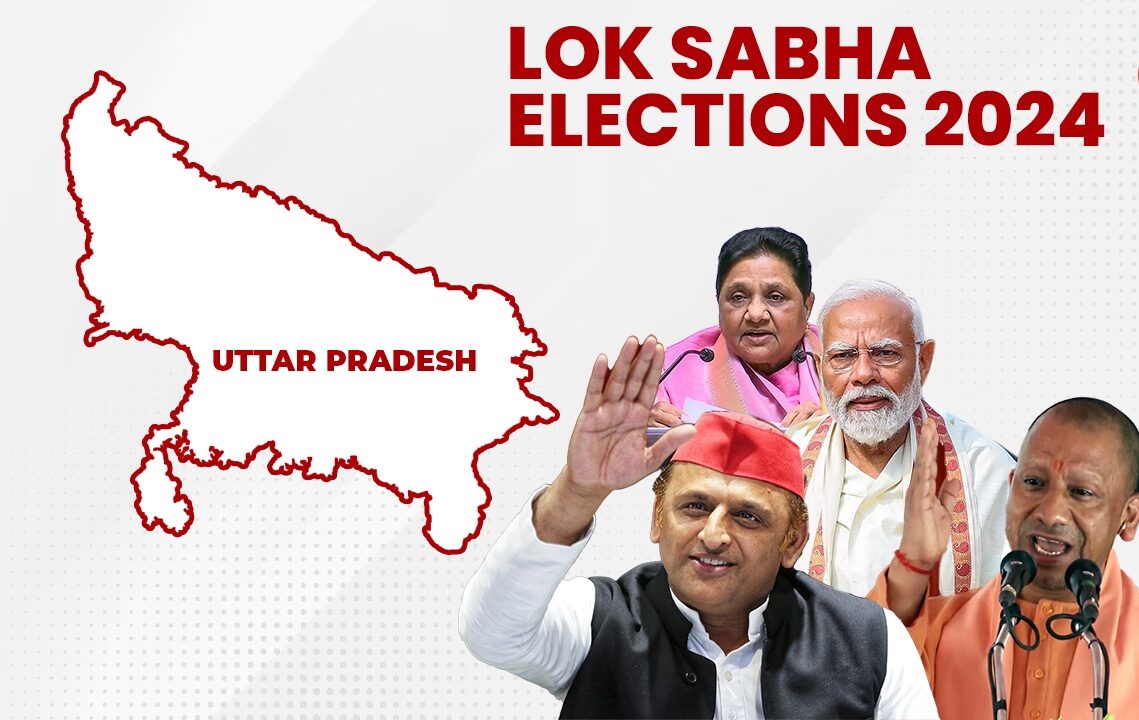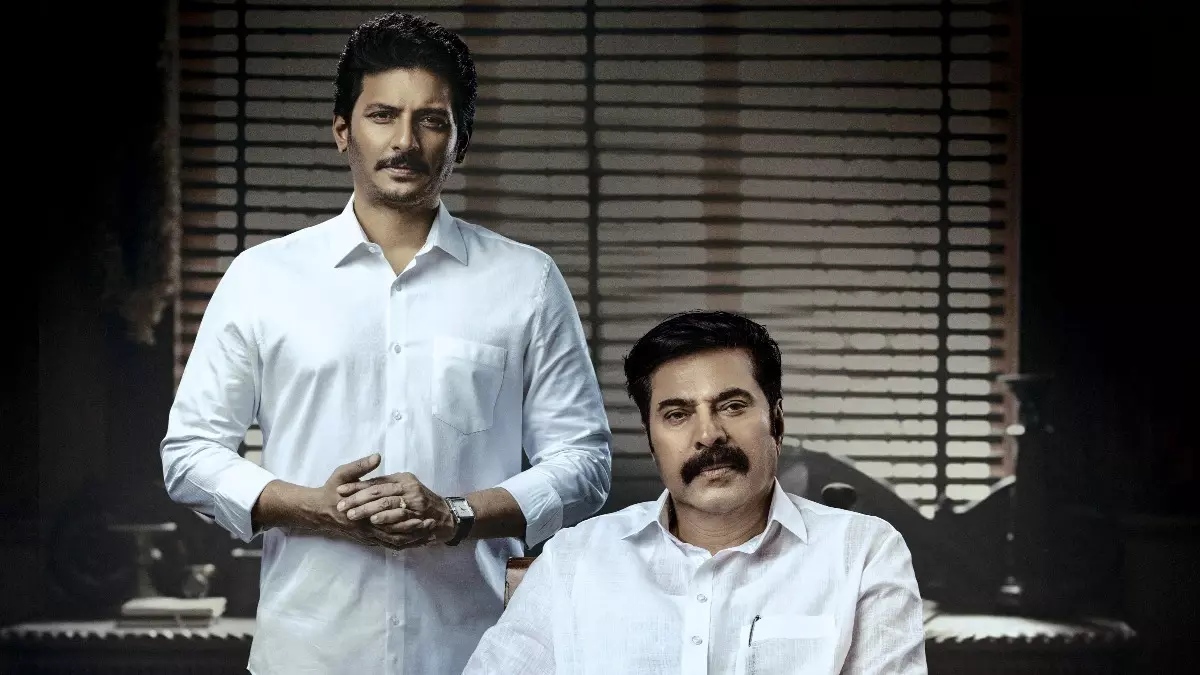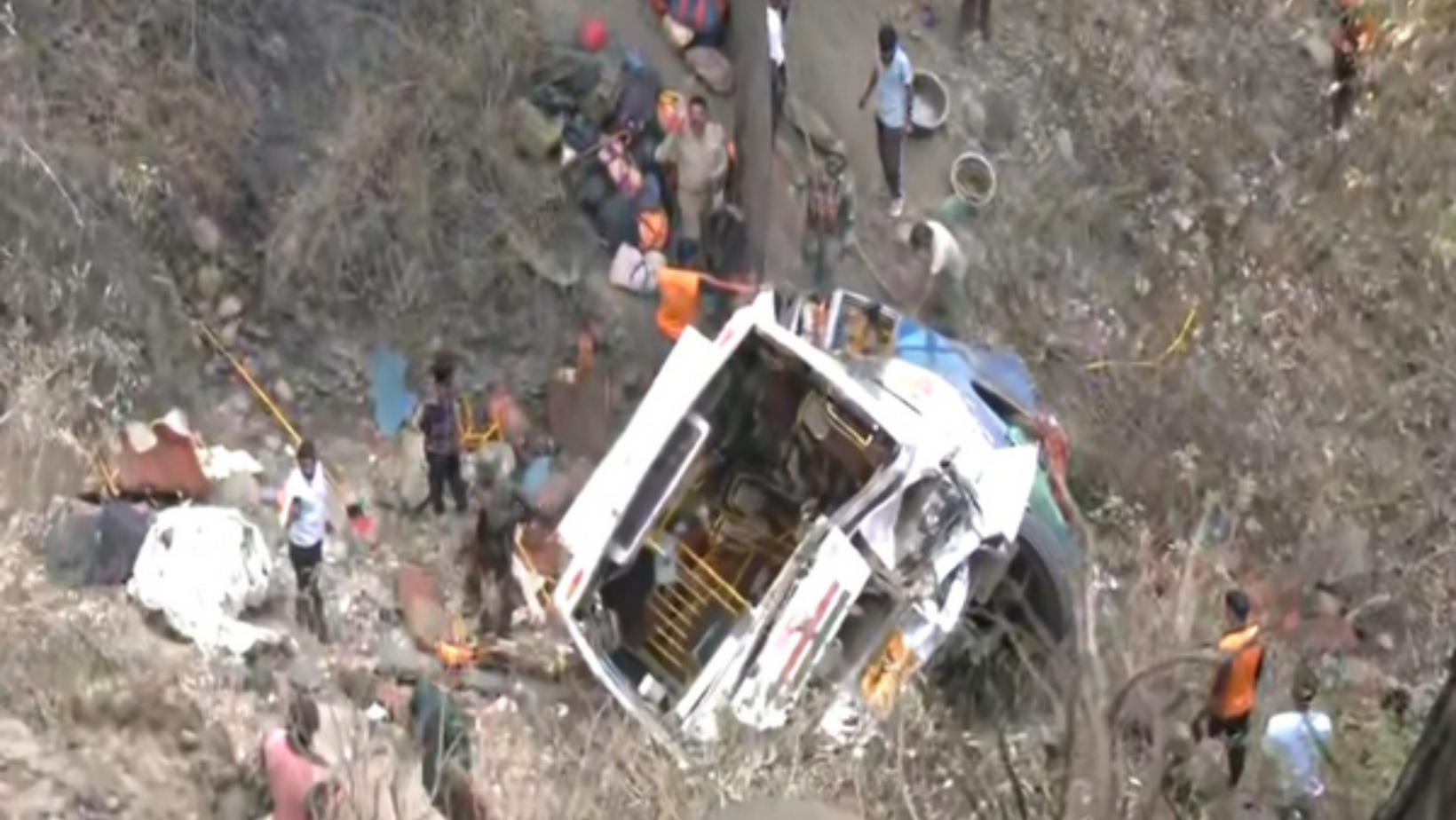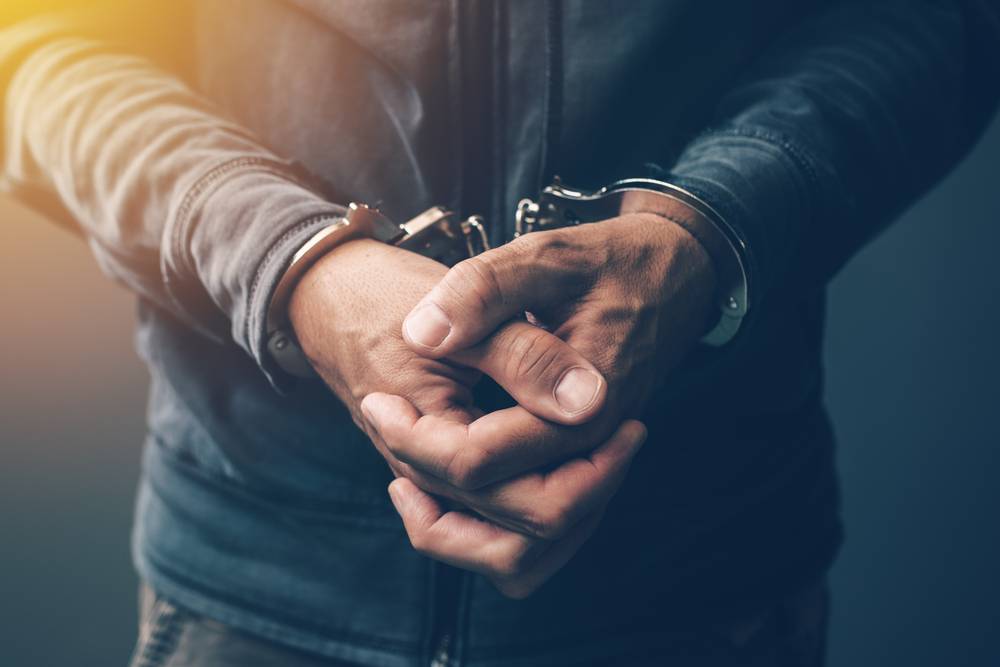Uttar Pradesh, with its 80 Lok Sabha seats, holds significant sway in Indian politics, particularly for the Bharatiya Janata Party (BJP), which has historically performed strongly in the state. In the 2014 and 2019 elections, the BJP secured 71 and 62 seats respectively, making it a crucial battleground in the upcoming Lok Sabha elections. The state is witnessing a multi-cornered contest, with several key players and alliances vying for dominance across all seven phases of polling.
The BJP and the Samajwadi Party (SP) emerge as the principal contenders in Uttar Pradesh, leading prominent fronts in the electoral race. Meanwhile, the Bahujan Samaj Party (BSP), led by four-time U.P. Chief Minister Mayawati, has chosen to go solo in the elections, despite grappling with declining fortunes in recent years. Additionally, the All India Majlis-e-Ittehadul Muslimeen (AIMIM) is seeking to assert its influence, forming alliances with regional parties to expand its presence in the state.
Numerous sub-regional outfits, primarily drawing support from specific caste groups in localized areas, are also active participants in the electoral landscape. These parties are striving to carve out autonomous spaces within broader alliances, aligning with larger political entities to amplify their electoral impact. The BJP-led National Democratic Alliance (NDA) received a boost with the inclusion of the Rashtriya Lok Dal (RLD), which holds sway among the agrarian Jat community in western Uttar Pradesh, particularly amidst protests against the Centre’s farm laws.
Other parties like the Apna Dal (Sonelal), led by Anupriya Patel, the Suheldev Bharatiya Samaj Party (SBSP), under Om Prakash Rajbhar’s leadership, and the Nirbal Indian Shoshit Hamara Aam Dal (NISHAD), headed by Sanjay Nishad, provide the BJP with avenues for outreach to specific subaltern communities. These alliances and partnerships underscore the complex and dynamic nature of electoral politics in Uttar Pradesh, where diverse socio-political factors shape the electoral landscape, influencing voter preferences and outcomes.






